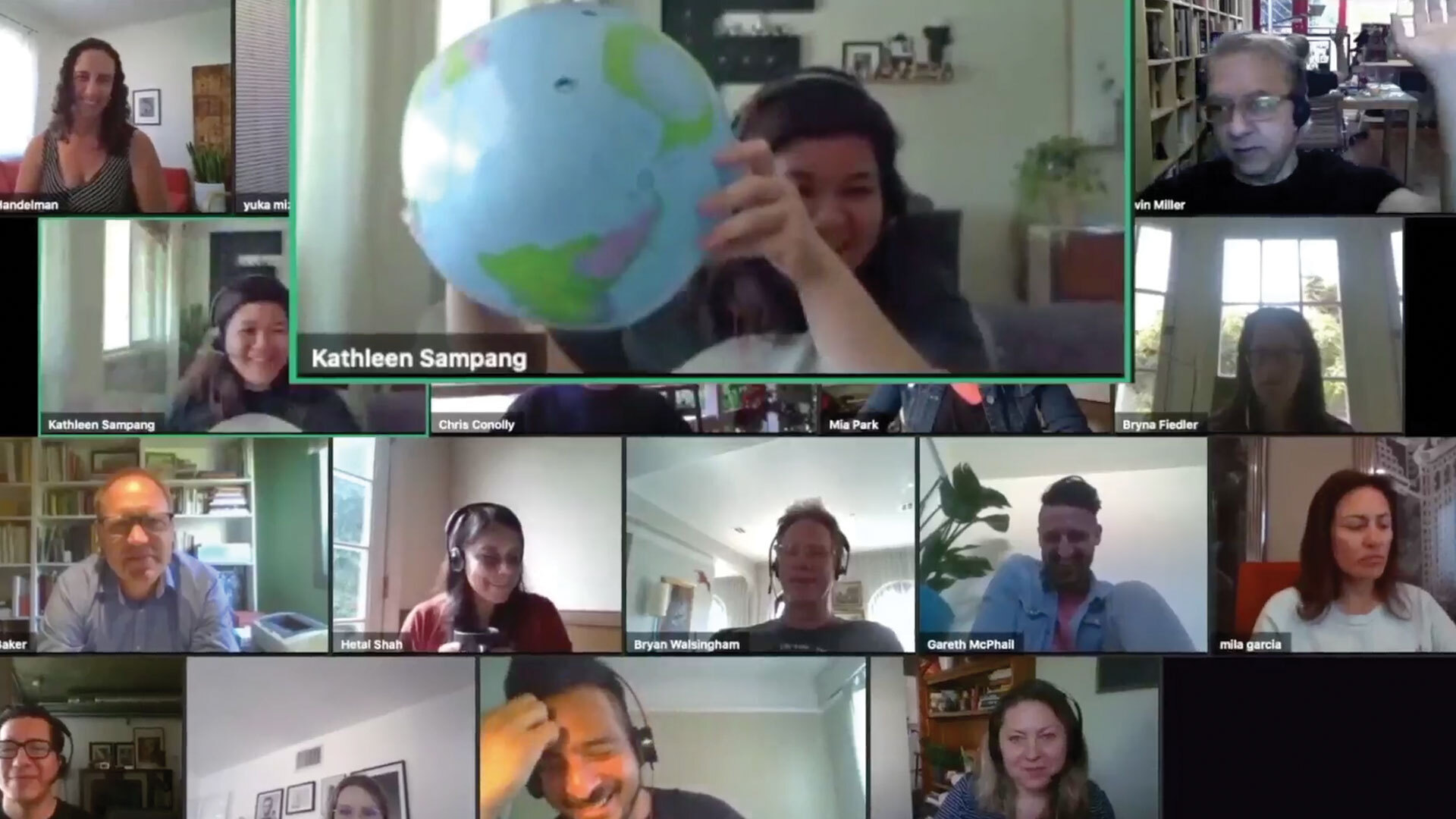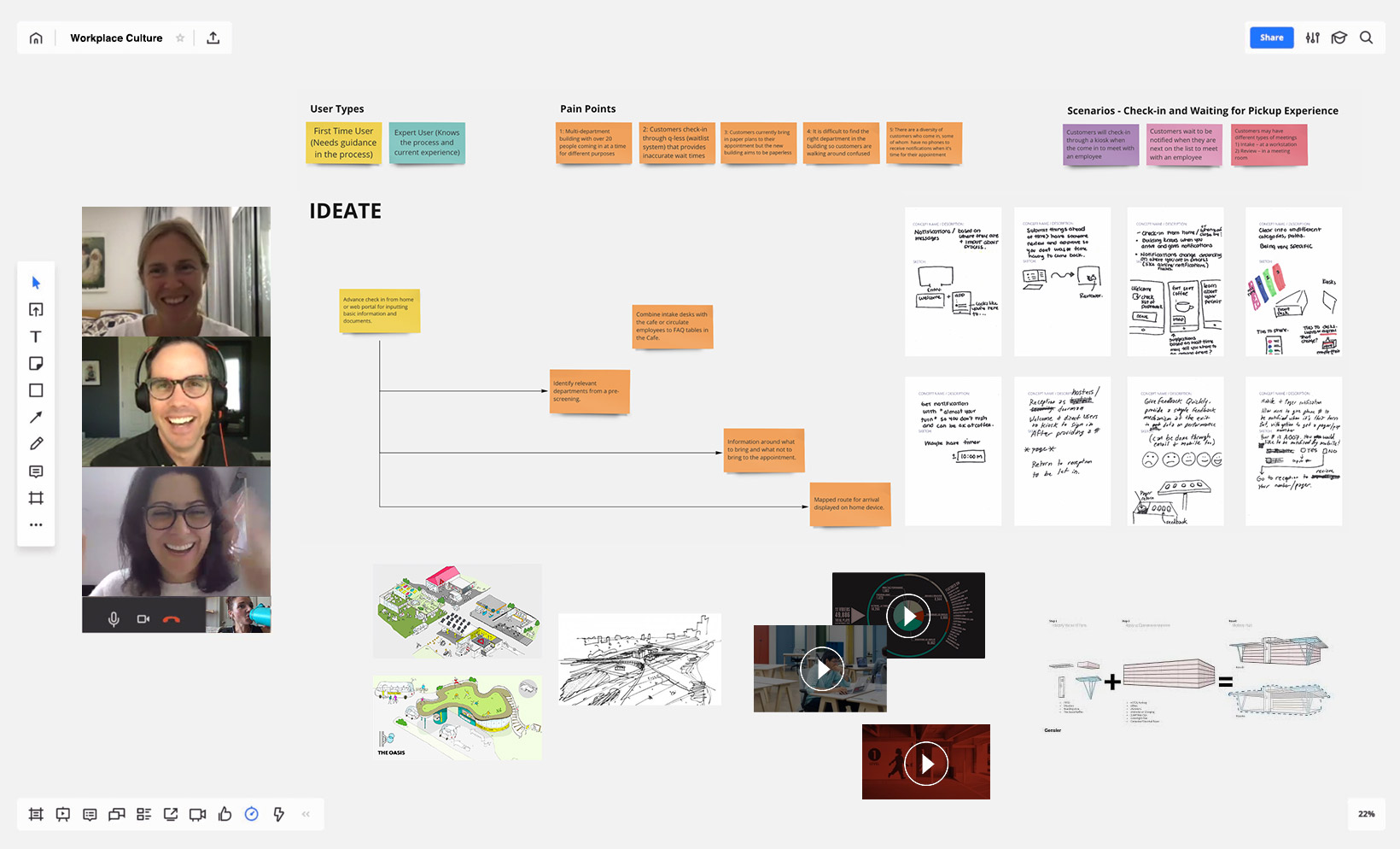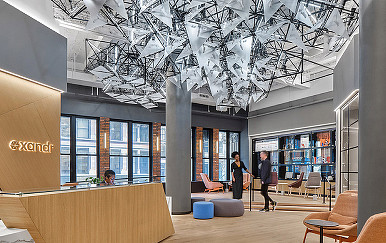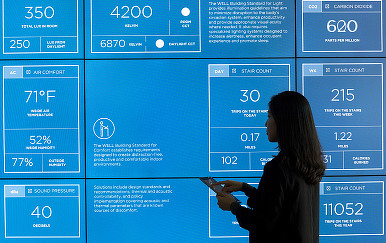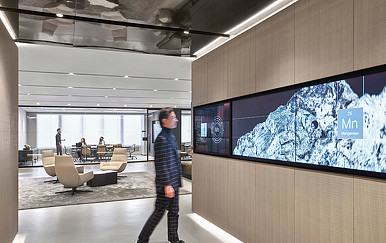Employees not only need to feel connected to one another, they also need to feel supported by management. Regular check-ins and a culture of empathy are essential for promoting employee well-being in the virtual workplace. Companies should also look for opportunities to empower people when they’re working from home. Virtual meetings without a designated leader can help foster a more horizontal work culture so that employees at all levels feel that they can speak up. Finally, when people are allowed to work asynchronous workdays punctuated by childcare, meal prep, and other domestic chores, they can find opportunities for what Zappos CEO Tony Hsieh calls “collisionable hours,” the times of day when people on different teams across the world can interact.
The lessons companies learn from this challenging time can provide long-term value. By being sensitive to the diversity of workstyles and open to a wide range of remote work platforms, companies can be more responsive to employees, thus becoming more productive and attractive workplaces.
